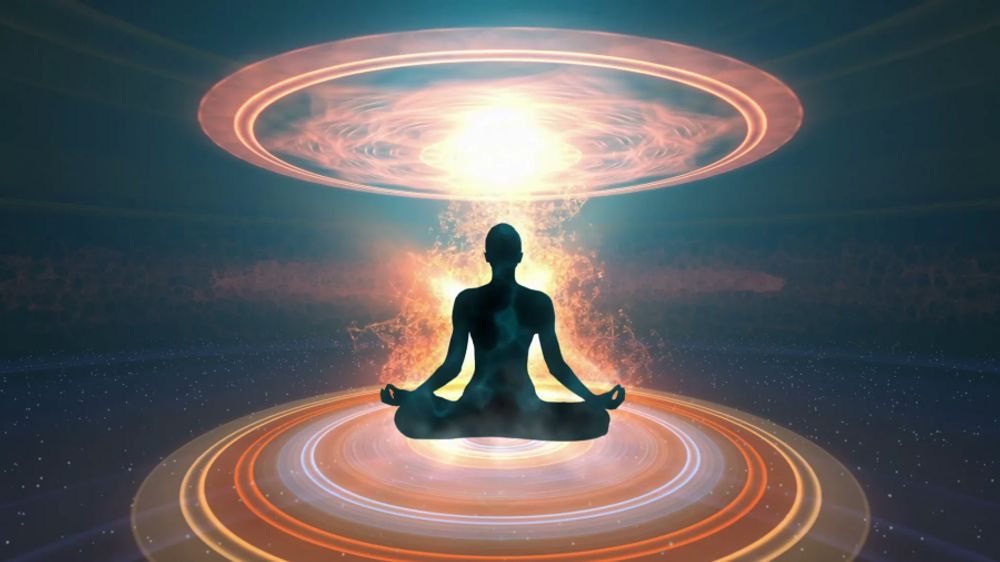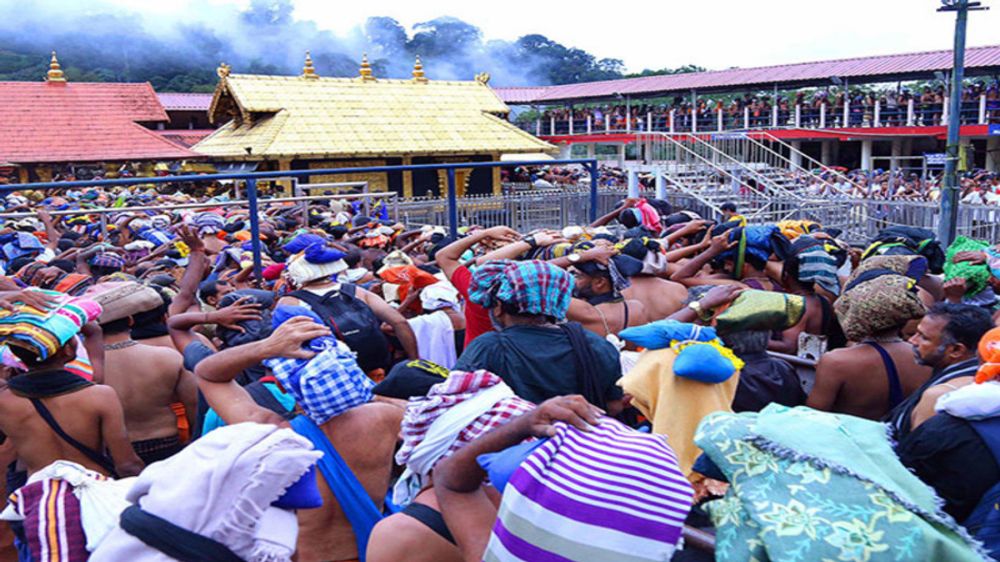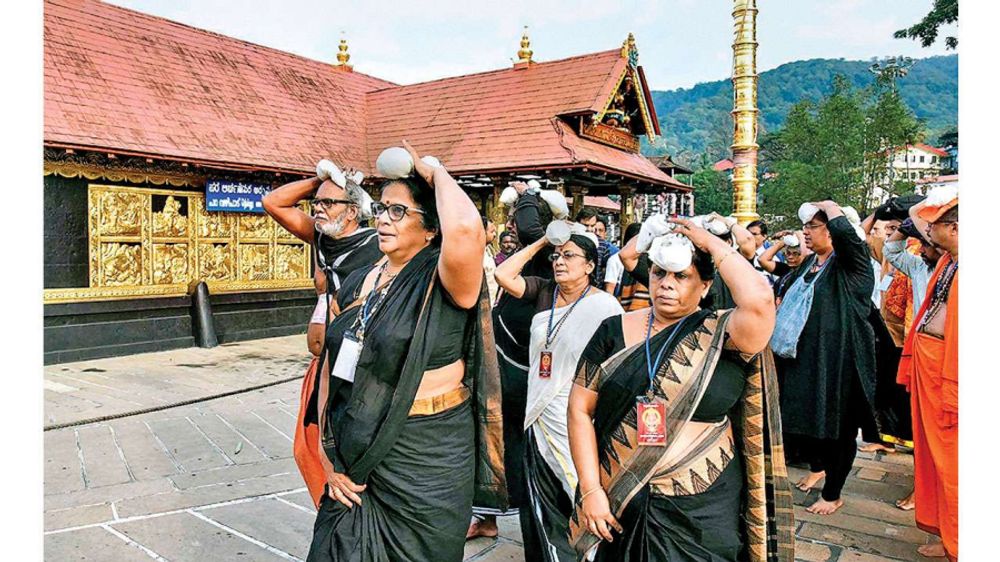

In our previous part we understood the Story/ Mythology of Lord Ayyappa and how Hindu Polytheism works.
Why thousands of men come to Sabarimala?
Men on a biological scale have a lot of visual sexual urge as they have been naturally designed in such a manner. This design works very well in the Jungle, but we human beings have evolved to be social & cognitive creatures in result we live in a monogamous relationship, but if you look back at our chimpanzee form there was no monogamous relationships. If this collective sexual urge is not tamed then it would threaten to our civilized formation. So, what is the solution to tame this urge? Our Hinduism finds a solution to tame this issue by following certain rules of Brahmacharya (restrain towards worldly pleasures).
The process of following Brahmacharya is too rigid and requires a lot of discipline giving you certain results (remember the law of Karma?)
Some deeds of Brahmacharya vis-a-vis Sabarimala Pilgrimage: -

These processes are just a tip of the iceberg, it involves a lot of other processes but let us limit ourselves with the Sabarimala pilgrimage process. These rules actually help taming the urge and help understand male animosity. This will help adolescent boys and men to live a joyful & civilized lives with their family & society.
Correlation of Ayyappa & Brahmacharya:-
In our previous part we have seen Ayyappa vowing to be a Naishtika Brahmachari in his Deity form. If you could recall Ayyappa’s Story, all his life he has been abandoned from his own people – which is, his Biological & Foster mother, now takes the blame of his biological parent’s lust and shows to the world that the birth of illicitness has to stop, birth from non-societal norms has to stop and birth from extra-marital driven by lust has to stop. Hence Ayyappa takes the responsibility of all these aspects and becomes the symbol of Brahmacharya.
Pilgrimage process
Men start by following this rigorous process 1 month before the visit to Sabarimala, the ‘Yermadi’ is a piece of cloth filled with pooja items is carried everywhere during this tenure to show the general public that these men are in a certain path. This Yermadi is an indication of dedication and hard work a particular piligrim is going through. This process actually has beginning and an end. The end is when the Yermadi is submitted (Arpan) to the Temple of Ayyappa at Sabarimala validating that the particular pilgrim has finished the Brahmacharya process and can lead a normal life post submission of the Yermadi. That is why “SARANAM AIYYAPPA” (Submission to Ayyappa) is chanted while entering the sanctum (refer cover picture).
FYI: The Yermadi or the items inside it like coconut, oil camphor, cotton etc is given by the women of the house validating their bramhacharya process.

Most of the people think Hindu Temples are places of worship which is rhetoric. What is a place of worship? – You sit, pray and show your reverence to a deity. But this process works in the west. Here we follow Law of Karma – You take actions and your actions have consequences!! In order for you to achieve, you have to follow a certain process, in the case of Lord Ayyappa in Sabarimala this Brahmacharya process has to be followed and submitting (Arpan) of the Yermadi is a symbol of your karmic completion (Karma poorthi).
Why Men alone? Why can’t even women participate in this process?
They can participate but not during their menstruating timeline (age 15 to 50)
Naishtika bramhacharya demands a certain birth control process voluntarily. Birth giving process requires semen to exit the body of a man (which is external) in order to fertilize the egg, but the egg cannot exit the woman’s body for fertilization (for fertilization it has to be internal). Menstruating women cannot control/ restrain their evolution cycle of their egg and the egg exits the body without her consent during the end of the menstrual cycle. On the other hand, men can restrain the exit of semen for days, months and even years, but a woman cannot stop her egg creating process. This is the reason why menstruating women (age 15 to 50) cannot be a part of this Sabarimala pilgrimage.
But no process stops a woman from worshipping Lord Ayyappa in her house or any other temple other than Sabarimala’s Sanctum.

Lord Ayyappa is the ‘symbol Deity’ of lust avoidance.
So whenever you think that the Sabarimala is a place of worship think again!
So whenever you think that the Sabarimala is a place of gender inequality, think again!
SWAMI SHARANAM!!








